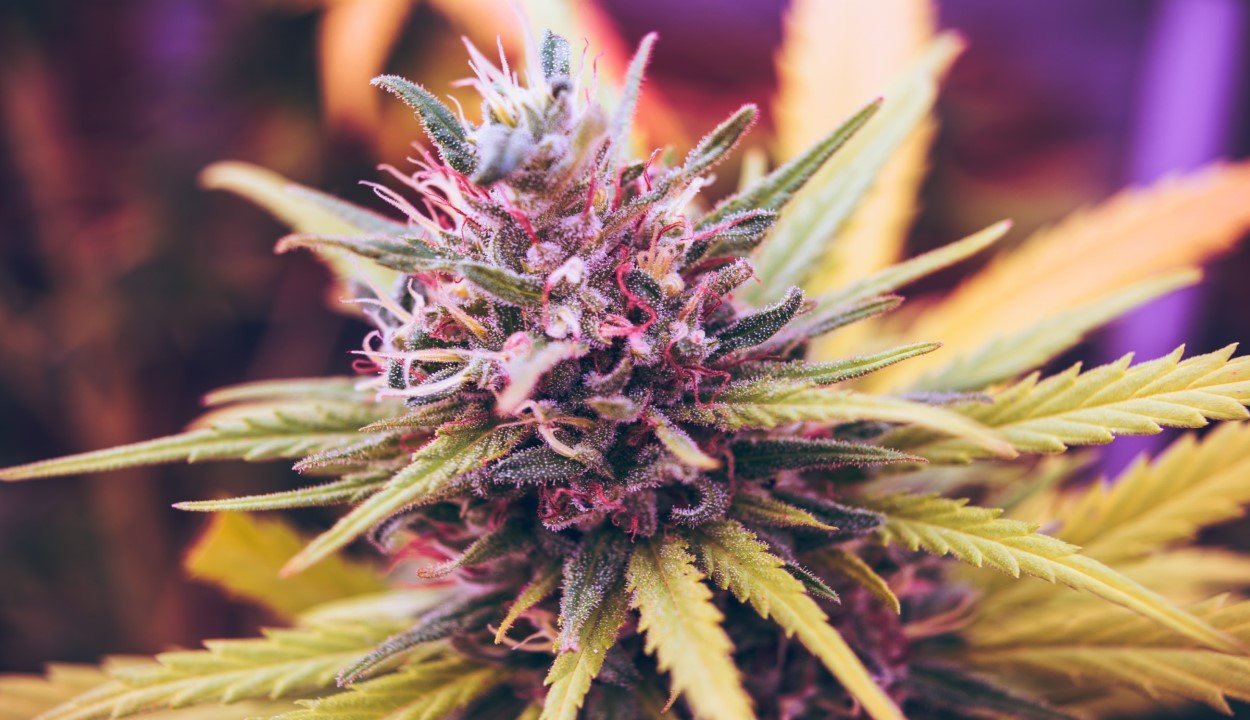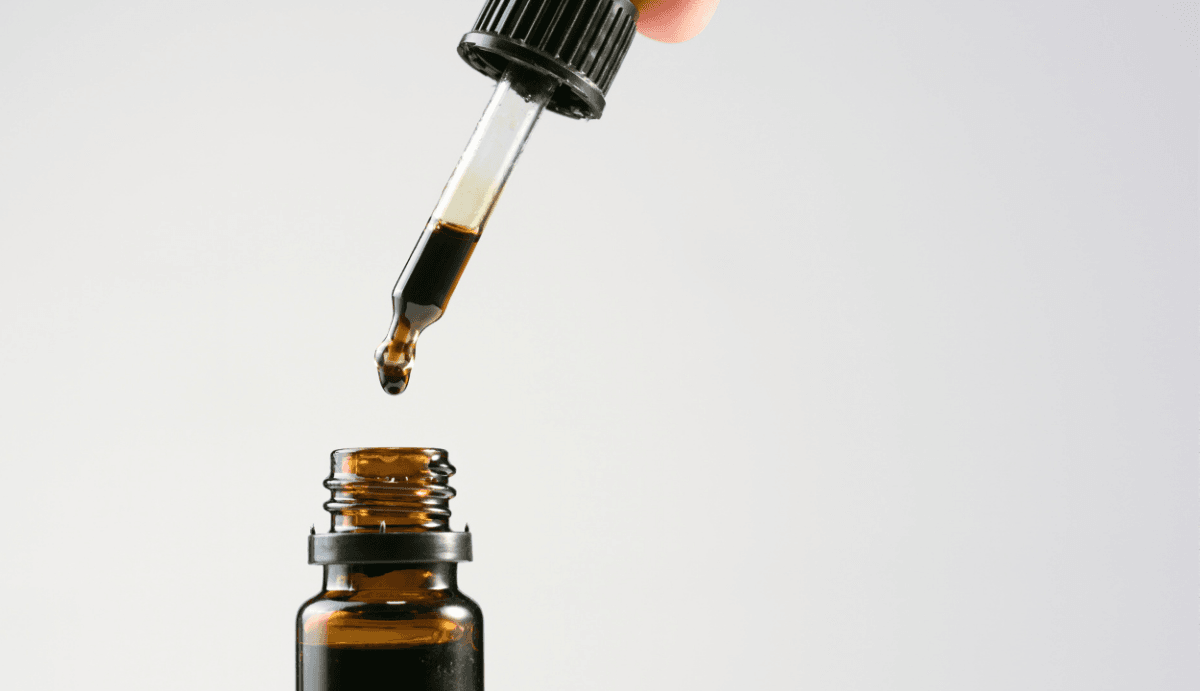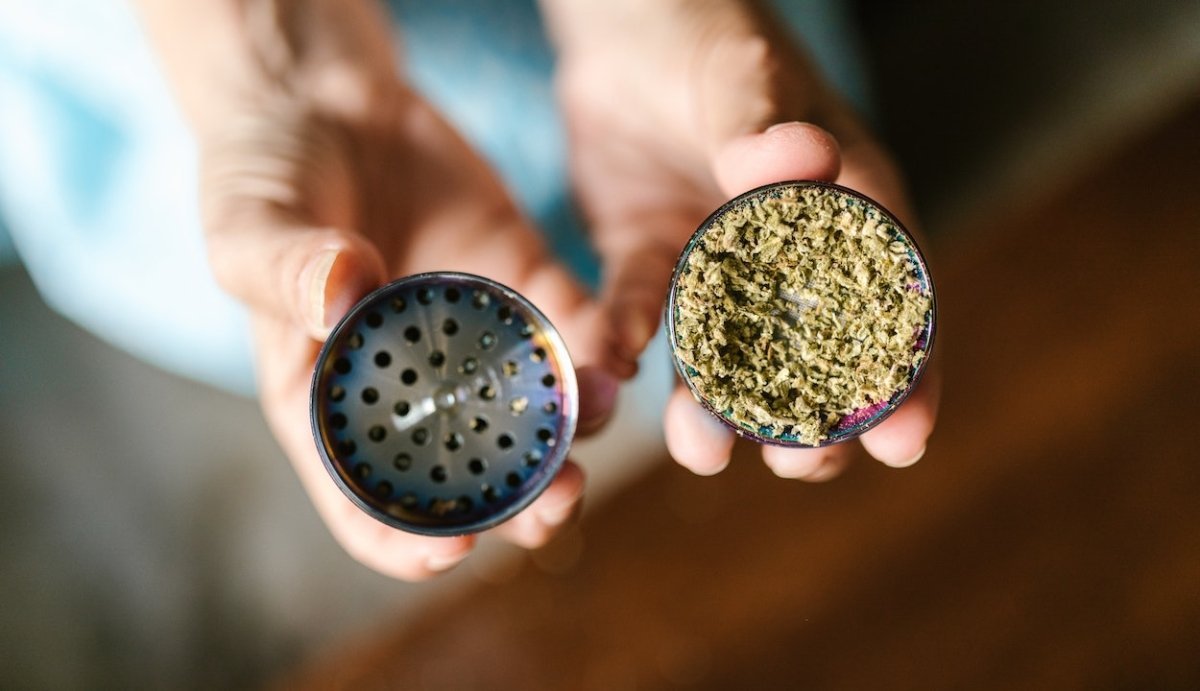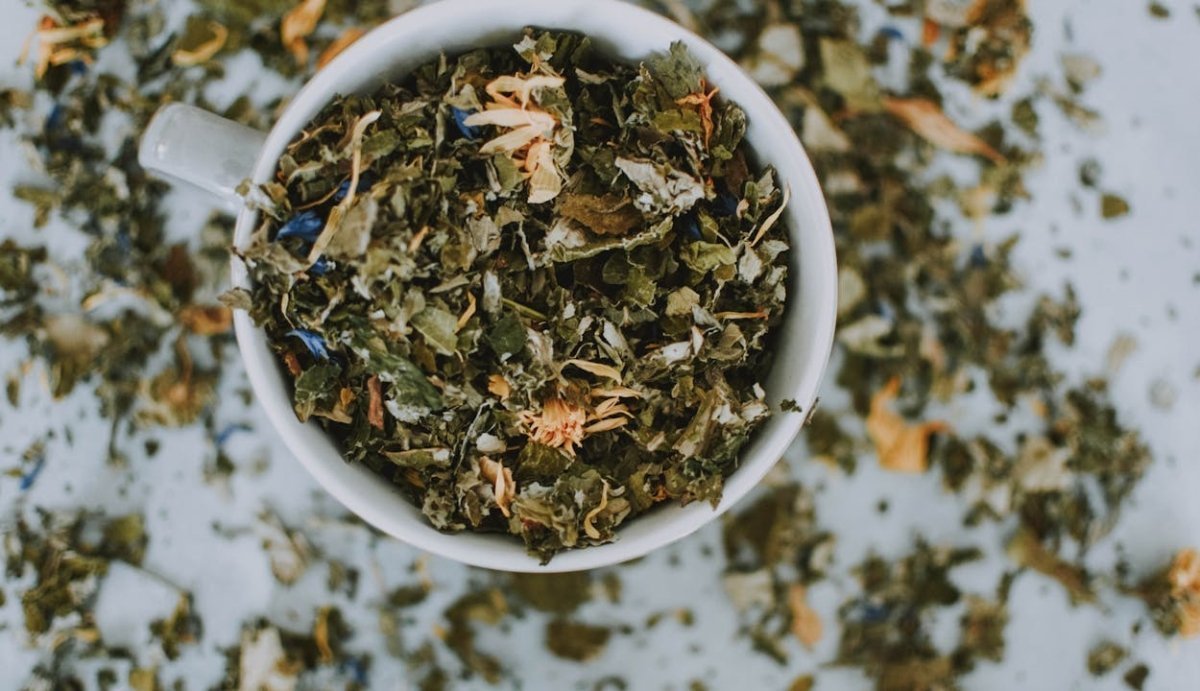Your Cart is Empty
FREE SHIPPING ON ALL ORDERS $75+
If you’ve seen cannabis described as having an “earthy aroma” or “citrus undertones,” you’ve heard about terpenes, even if you didn’t know it at the time.
That’s right!
Terpenes are the aromatic oils produced in the trichomes on cannabis plants, which are the same hair-like structures responsible for producing cannabinoids like CBD or THC.
There are more than 150 terpenes found in the cannabis sativa family of plants, with 100 or more appearing in each cannabis flower. These terpenes are found in different concentrations in each plant cultivar and are the reason that different cannabis strains can be identified by their unique aroma.
Even better, research suggests that terpenes may each have unique therapeutic potential. One popular theory, called the “entourage effect” suggests that terpenes even have synergistic effects with cannabinoids.
Ultimately, terpenes weigh heavily on the cannabis experience, which is why high-quality CBD producers may carefully alter their manufacturing process to create products with diverse and specific terpene contents.
For consumers, understanding terpenes can help you get the most out of your cannabis and CBD experience, especially if you’re looking for targeted therapeutic effects.
Table of Contents
Terpenes vs Terpenoids: What’s the Difference?
Why Are Terpenes Important to Cannabis?
Terpene Research and the Entourage Effect
Most Common Terpenes in Cannabis
Terpenes in CBD Products
Key Takeaways
Resources
Before we dive in, it's important to understand the difference between terpenes and terpenoids.
The two terms are often used interchangeably when referring to cannabis, and they both refer to the same aromatic compounds in the cannabis plant.
However, there is one important difference between the two:
“Terpenes” refers to the naturally occurring hydrocarbon molecule, which is composed of hydrogen and carbon. This is the way you will naturally find terpenes in the cannabis plant.
As the cannabis flower dries, the terpenes are oxidized. Now, the hydrocarbon molecule includes oxygen, and the “terpene” is now considered a “terpenoid.”
Sometimes, terpenes are intentionally altered to help them retain specific therapeutic properties, and these terpene formulations are considered “terpenoids” as well.
In short, “terpenes” are the unadulterated compounds you will find in the cannabis plant, and “terpenoids” refer to most terpene products thereafter.

For consumers, terpenes are most highly regarded for offering unique aromas and targeted therapeutic benefits, but they also play an important role for the cannabis plant.
In cannabis, terpenes adapted from the plants need to defend against predators, namely herbivores and insects. In general, this is the main purpose that terpenes serve for all plants.
In cannabis, terpenes are also responsible for certain modes of regeneration and oxygenation, which means they play an important role in keeping cannabis plants healthy and alive.
The terpene content of landrace strains, or naturally occurring cannabis strains, has morphed over time as part of the plant’s natural defense evolution.
In other man-made cannabis strains, the terpene content has been intentionally modified to create targeted therapeutic effects.
Now, there are hundreds of different cannabis strains in existence (some reports suggest there are over 779), and each offer a unique terpene profile, aroma, and effect.
Terpenes likely play a large role in the “entourage effect,” a theory that suggests that cannabinoids and terpenes work together to boost each other's therapeutic benefits.
Although some research looks at the entourage effect between different cannabinoids, multiple studies highlight the importance of terpenes, too.
One heavily-cited study, titled “Taming THC: potential cannabis synergy and phytocannabinoid-terpenoid entourage effects,” identifies research regarding each of cannabis’ most common terpenoids and the potential therapeutic effects of each.
This research suggests that each terpene may be linked to a handful of different potential health benefits.
For instance, this research suggests that CBD and Pinene may have synergistic properties that are effective against MRSA. CBD may react with Linalool and Limonene to increase it’s anti-anxiety potential. Of course, more evidence is needed before any benefits can be confirmed.
To learn more about terpenes and their synergy with CBD, THC, and other cannabis compounds, read more about the entourage effect here.
Although different terpenes can be found in many different types of plants, some show up more frequently in cannabis than others. The most common terpenes found in cannabis include:
Myrcene is the most common terpene found in cannabis, and in some cases makes up over half of the total terpene content of the plant. Myrcene also appears in plants lemongrass, hops, and mangoes. It provides a peppery, musky, and slightly fruity aroma.
Typically, myrcene is known for its potential sedative-like effects. Cannabis strains that contain more than 0.5% are typically indica strains known for promoting relaxation and sleep.
One study performed on mice suggests that limited doses of myrcene may provide muscle-relaxant effects, and high-myrcene lemongrass and hops plants have a long history of being prepared as beverages to aid sleep.
Limonene is the second most common terpene in the cannabis plant family, but you won’t necessarily find it in every cannabis strain. Limonene, which smells like lemon, is also found in most citrus fruits.
Limonene has been more heavily studied than myrcene, but we still have a lot to learn. Research has linked limonene to potential anti-inflammatory, antioxidant, and anticancer benefits.
Linalool brings a spicy, floral aroma to the cannabis family, similar to the bold scents of other plants where you’ll find this terpene, like lavender, coriander, and cinnamon.
This terpene is also linked to potential sedative-like effects, and may be found in many “Haze” and “Lavender” cannabis strains. Studies suggest that Linalool may have anticonvulsant and anxiolytic properties, and may have potential as a sedative.
This spicy, peppery terpene can also be found in black pepper, rosemary, basil, cinnamon, and cloves. It often gives cannabis a peppery kick and can be found across the board in indica, sativa, and hybrid strains.
To date, Caryophyllene is the only terpene that’s been found to bind to CB receptors—that same receptors that cannabinoids bind to.
Some research regarding Caryophyllene suggests that it may help heal wounds and provide analgesic effects. Small studies have shown that Caryophyllene may help reduce voluntary alcohol consumption and may pose benefits for patients battling alcoholism. Some studies even suggest that this terpene has some anti-cancer potential.
Pinene is the main terpene found in pine needles, and it carries that same fragrant, evergreen aroma. Aside from pungent, christmas-scented cannabis, you can also find pinene in orange peel, parsley, basil, and rosemary.
Pinene is thought to have anti-inflammatory potential, but the therapeutic potential of this terpene is thought to be far reaching. One study, which calls it “a miracle gift of nature” evaluates pinene for “cytogenetic, gastroprotective, anxiolytic, cytoprotective, anticonvulsant, and neuroprotective effects, as well as their effects against H2O2-stimulated oxidative stress, pancreatitis, stress-stimulated hyperthermia, and pulpal pain.”
Terpenes are always present in hemp material, but they may not always be present in CBD products.
Sometimes, this is a conscious choice made by CBD manufacturers. For instance, CBD isolate products often seek to achieve 99%+ purity, and natural terpenes and other cannabinoids will be filtered out.

With talk of the entourage effect’s benefits becoming more common, some brand’s have begun taking advantage of hemp’s natural terpene profile.
In some cases, like some full spectrum formulations, the terpenes from the original hemp material make it to the final product. In this case, manufacturers choose careful extraction techniques to ensure that the terpene content is not degraded during production.
Other products may contain terpenes that are added back in after the extraction process. For instance, CBD isolate products may contain up to 99% CBD, but may have a small amount of terpenes added to the final product.
When manufacturers add terpenes back in, they often cherry-pick them for specific reasons. It’s not uncommon to see a CBD product that has only one terpene present in moderate amounts. For instance, myrcene or linalool may be added to CBD products designed for enhancing sleep.
Although we don’t totally understand the impact of terpenes or their potential synergy with cannabinoids, consumers should understand that they play a vital role in determining the effects of each hemp product.
Therefore, choosing a specific formulation of cannabinoids and terpenes may be a more effective route to managing specific ailments.
Terpenes are aromatic compounds found in Cannabis. Over 150 terpenes have been identified in the Cannabis plant family, and many terpenes have been linked to their own specific potential health benefits.
The combined effects of cannabinoids and terpenes are referred to as “the entourage effect.” Although this theory has not been proven, it’s been suggested that the entourage effect leads to increased benefits compared to isolated CBD.
Many sources also suggest that choosing a specific combination of cannabinoids and terpenes (as opposed to a random mix) is the key to finding the product that works best for you.
This is why it’s important for consumers to understand the most common terpenes, like myrcene and limonene, and their proposed effects. Some terpenes have been linked to possible sedative-like effects, while research shows that others may improve focus or fight inflammation.
There are a number of products on the market that preserve hemp’s natural terpene profile, and equally as many that have specific terpenes added to the final formula. Ultimately, different terpene formulations may offer consumers the ability to fine-tune the hemp experience based on their needs.
Comments will be approved before showing up.



